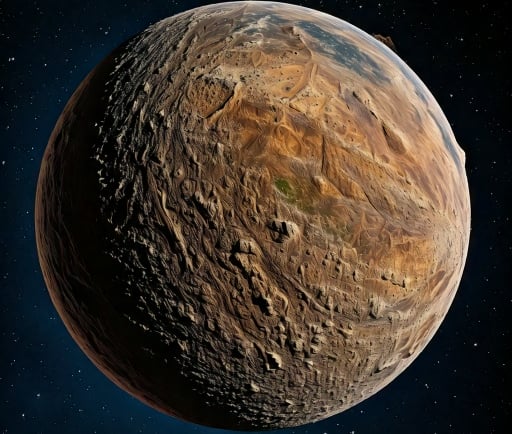Trappist-1 e: A Potential Haven in the Search for Life


Introduction to Trappist-1 e
The journey of discovery beyond our solar system has led astronomers to exciting findings, particularly with the advent of advanced telescopes and exoplanet observation technologies. Among these discoveries is Trappist-1 e, a terrestrial exoplanet orbiting an M-type star. This intriguing planet has garnered attention for its unique characteristics, particularly its position within the habitable zone of its star.
Characteristics of Trappist-1 e
Trappist-1 e is known for its relatively low mass, weighing in at approximately 0.692 times that of Earth. This lesser mass suggests that its gravity may enable conditions conducive to life as we know it. The planet completes one full orbit around its star in just 6.1 days, which means it experiences a shorter year compared to Earth. Despite its close proximity to its host star, the location within the habitable zone implies that Trappist-1 e could maintain surface temperatures that allow for the existence of liquid water—a critical factor for life.
Significance in the Search for Extraterrestrial Life
The discovery of Trappist-1 e is significant for several reasons. First, it exemplifies the range of terrestrial planets that can potentially host life. The conditions on Trappist-1 e offer a contrasting environment compared to the inhospitable planets in our own solar system. Thus, it represents a critical aspect of current efforts in astrobiology and the search for extraterrestrial life.
Moreover, being part of the Trappist-1 system, which includes several other Earth-sized planets, makes it a focal point for multi-planet studies. This system helps scientists understand planetary interactions and the possibility of life elsewhere in the universe. Researchers are keen to explore not only Trappist-1 e but also its neighboring planets to gather more information about their atmospheres, compositions, and potential for habitability.
Future Research and Exploration
The pursuit of knowledge about Trappist-1 e is far from over. Upcoming space missions and advancements in telescope technology promise to unveil more secrets about this fascinating exoplanet. By utilizing tools like the James Webb Space Telescope, astronomers hope to analyze the atmosphere of Trappist-1 e for traces of biological markers or even water vapor, enhancing our understanding of its potential for life.
In summary, Trappist-1 e stands as a beacon of hope in the quest to discover life beyond Earth. Its characteristics, including its mass, orbital period, and location within the habitable zone, present significant possibilities that intrigue both scientists and the public alike. Future explorations will undoubtedly contribute to our understanding of similar worlds and, ultimately, the very essence of life beyond our planet.
